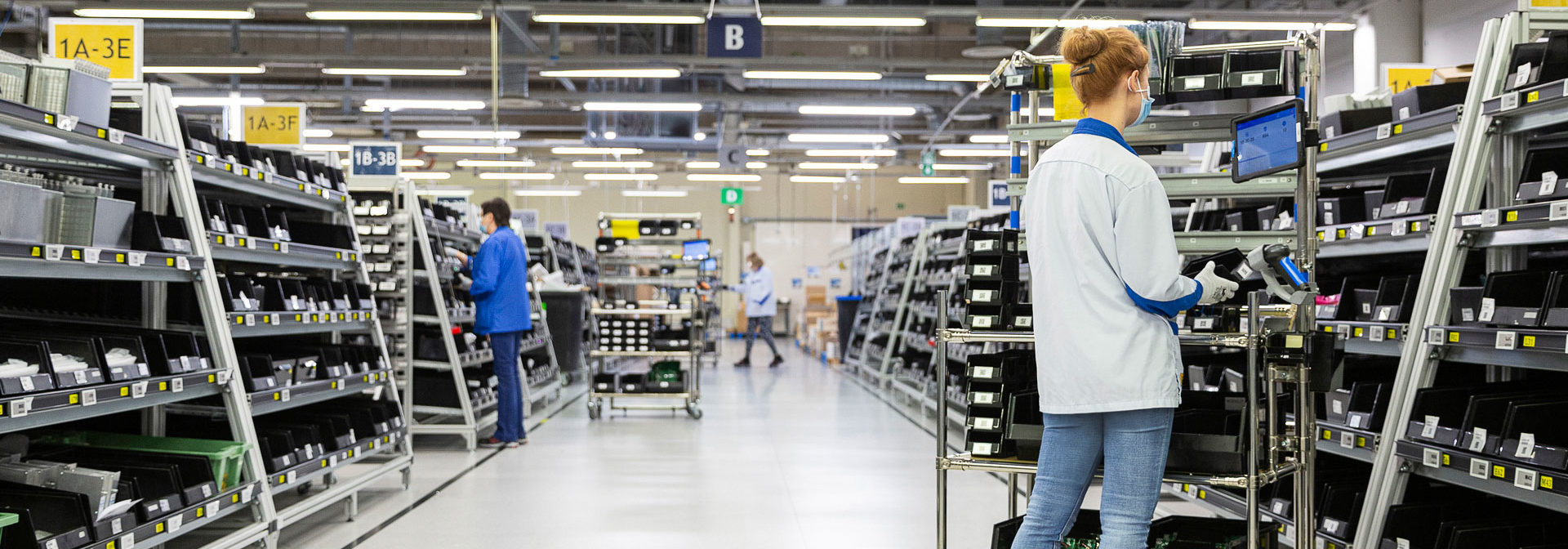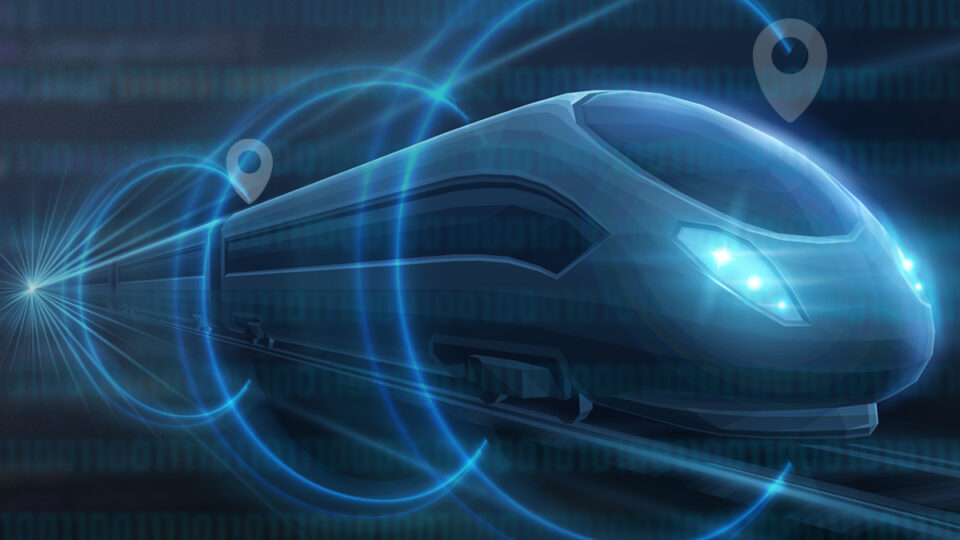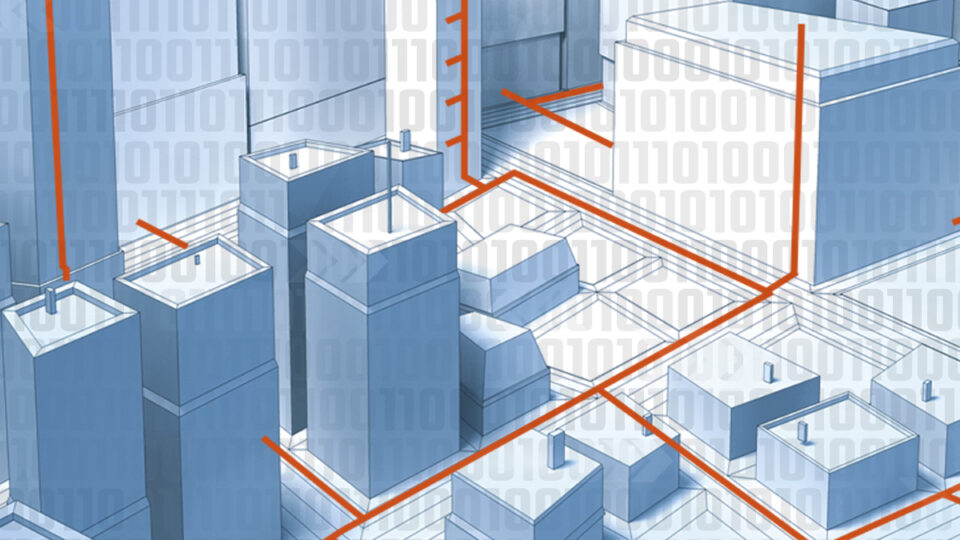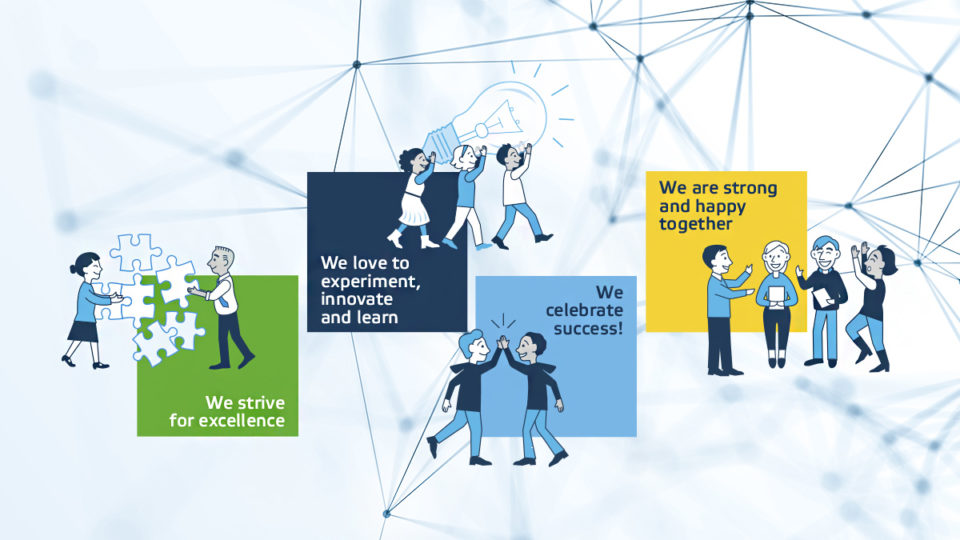
Digital Transformation redefined at Teleste
In 2018 our Manufacturing Engineering & Technology (MET) team formulated a functional strategy to support Teleste corporate and business strategies. One of the MET team’s strategic focus areas is retraining and upskilling existing workers in order to ensure that we have sufficient understanding of emerging technologies that may enable new business opportunities and to be able to better adapt to the digital transformation.
We set a goal to develop our internal resources, skills, methods, and expertise relating to new technologies such as 3D printing, digitalization, data analytics and robotics – not only to be able to adapt to the future but also to drive the future of our industry. This has required a substantial transformation of our working methods, work culture, and the ways we approach innovation.
Built from the scratch, evolved for specific needs
A perfect example of our digital transformations efforts is our new Intelligent Picking System, which was initially conceived in 2020 and fully implemented into practice during 2021. Our WMS (warehouse management system) project began with benchmarks of existing WMS systems. We also conducted detailed research into technologies such as voice control, AR (augmented reality), mobile solutions, RFID, and Electronic shelf labels (ESL). However, we quickly realized that there were no existing WMS solutions that met our specific requirements and that were agile enough to evolve alongside our set strategy & goals. Ultimately, we decided to design and build an entirely new warehouse management system from the ground up.
One of the most important targets of the development project was to create a WMS solution that was so easy and intuitive to use that the time required to familiarize oneself with the tasks would be less than 5 minutes. The underlying desire was to create a digital system that guides the user to receive, shelf, pick and deliver the right materials, from the right place, at the exact right time. We wanted a system that is able to guide and assist the logistics worker in every single step of their work, in a way that minimizes human error but also takes away much of the mental stress associated with the daily logistics workers’s tasks.
From idea to implementation in a matter of days
The development project was set on the foundation of the Minimum Viable Product (MVP) principle, a technique in which a working version of a new product or tool is developed with a sufficient set of core features and then iterated upon towards the ultimate goal while utilizing the feedback from users. This required entirely new ways of thinking and methods of working. We set out to create an open and free working environment where our employees had psychological safety to bring up new ideas and suggestions to improve processes, tools and their daily work. Our mentality is that every avenue and idea is worth exploring and we actively avoid using specific words of discouragement and encourage risk taking because even small failures often open doors for success in the future.
We were quickly capable of bringing new functionalities to the WMS software on a regular basis and our goal remains to have a new software version with new functionalities released at least every two weeks. What sets our WMS solutions apart is that our software team is closely connected to our logistics workers. In addition to user feedback, a significant amount of data is generated for further development and innovation. Together our teams have created a Build-Measure-Learn feedback loop that is constantly evolving.
A practical problem solved with a creative solution
A perfect showcase of our creativity and agility is a project where we combined mobile device operability and off the Electronic Shelf Labels (ESL) with RGB LED lights in a simple yet practical way to reduce logistics picking times and reduce picking errors.
It all started with a very typical problem for a material picking area: a large space, hundreds of shelf spaces and racks with thousands of small components that are often similar in appearance. We wanted to solve this findability problem by introducing a practical visual guide for warehouse workers. Each material location in the picking area was equipped with WMS controlled LED lights and ESLs.
Now, when a logistics worker gets an order, the next item to be picked and all relevant information, like number of picked items, possible special instructions, and where the materials will be taken are shown on a mobile device. Designated LED colors and ESLs guide operators along the optimal route. This simple, yet ingenious solution of combining existing technologies has cut down the logistics workers picking times substantially and completely diminished the amount of picking errors. More importantly, it has made our employees’ jobs less stressful, with decreased risk of collecting the wrong items.
This innovation is one of the many ideas that we’ve implemented into action in a very short time period. This new way of working and thinking has brought about multilayered ripple effects that have not only improved our productivity, but have had a significant impact in improving our employees motivation and overall work well-being. Our greatest assets are not the tools and systems that we use, but the creative and talented employees that mold and re-define them.
Staying ahead of the curve requires constant research and education into new and future technologies. While it is important for us to have the latest technology in place, our adoption and implementation model is based on true and tangible needs instead of digitalization just for the sake of digitalization.
Marko Uutela
Marko Uutela
I’m currently heading Operations, Logistics & Sourcing for Teleste’s Public Safety and Mobility business. See my LinkedIn for more information.



